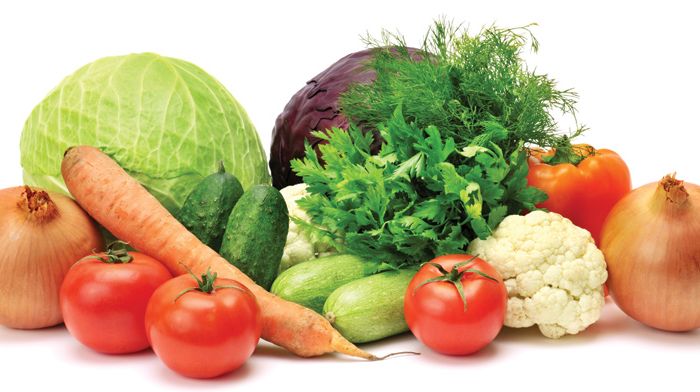Holiday Health
The holidays are here! (A reminder just in case you haven’t seen store decorations and TV ads!). This IS a special time of year with gatherings of friends and families to celebrate, reflect, and partake of food and drink. However, it is also the time of year where the Germ Grinch and excess stress can spoil all the fun. Don’t let that happen on your watch! Common sense practices, based on research and publications by CDC, can keep the Grinch at bay. FoodHandler® also focused on this topic in a recent webinar. In this blog, our first for December, some tips on how to stay healthy during the holidays (and the rest of the year) will be covered while the second blog will address some food handling and service strategies to keep you and your guests safe.
How to stay healthy? First and foremast it is important to wash hands – frequently and correctly. This is not a sometime thing; regular handwashing after there has been contact with germs (I am using this generic term to cover bacteria and viruses) is a must because some surfaces get touched by a lot of people who practice varying levels of good hygiene. Avoiding contact with germs and then washing hands if such contact occurs, and washing hands before eating should be routine behaviors. Now the challenge in some public restrooms is to exit without re-contaminating clean hands, particularly if one has to pull on a door handle. Some places have a trash bin by the door to toss the paper towel used on the handle; if no paper towels are available, I have seen use of sleeves or strategic exits following others. Worst case, wash hands again before eating! My daughter texted me in disgust after witnessing this event in a department store restroom: A lady came in, washed her hands and then washed an apple in the hand sink (so far so good); but then she set the clean apple on the diaper changing pad while she dried her hands! I don’t know if this woman was working in a food related part of the store or not, but I certainly hope that wasn’t the case as this failure to recognize the potential for cross contamination could lead to her jeopardizing the health of all who eat any of the food she might have handled. At the minimum, her own health was put at risk. If there is no hand washing facility available, hand sanitizers can be used, but keep in mind these are not effective against all viruses (particularly Norovirus). They are better than nothing, but washing with soap and water is the most effective way to keep the germs away.
Other tips are to:
- Get your annual flu shot and other recommended vaccinations;
- Sleep 7 ½ to 9 hours each night (really – that is the amount most adults need);
- Eat a healthy diet (see USDA MyPlate.gov);
- Exercise through stretching and physical activity (150 minutes per week); and
- Keep things clean!
Think about what you touch and try to limit your exposure to germ-laden surfaces. Some germs have a pretty hardy shelf life and can remain viable for a few days on surfaces. I always carry my own pen for signing papers rather than using one that is provided; of course with electronic payments one may have to use the attached digital pen but sometimes signing with your finger tip will work. If you feel a cough or sneeze coming on, do it in your sleeve rather than hands. The fabric can contain some of the germs and prevent them from going “viral”! Of course, there are surfaces you expect to be clean. A recent airline passenger found out the hard way that the cleaning crew had missed a deposit by an emotional support animal flying on the previous flight; talk about going viral!
Finally, if you do become ill, or show symptoms such as high fever, coughing or sneezing, diarrhea, or vomiting, please don’t go to work or out in public. Stay Home – Please! Don’t be that person who becomes a modern day Typhoid Mary. It really is better for everyone at work, and the general public, to confine your germs. While you may think you are letting the team down if you don’t show up for work, it is only a short-term gain because spreading your germs may mean others become sick, or at the very least, productivity is slowed down.
The holiday season is enjoyable and a time for harmony. Follow these tips to stay healthy and enjoy the season with your family, friends, and work associates. CDC has created a holiday sing-along (to the tune of the 12 Days of Christmas) entitled The 12 Ways to Health. The recipe is not that difficult to follow – the key ingredients are described above. Have the team sing this together or post reminder messages throughout the foodservice or work place! Next blog we will dive into food safety practices so tune in for some reminders and helpful tips. Risk nothing!
READ MORE POSTS
Finding the Food Safety Training Program that is Right for You
Whichever you decide, because some jurisdictions have more stringent requirements than the conference for food protection, check with your local health department to make sure they also recognize the exam before you pay for it.











